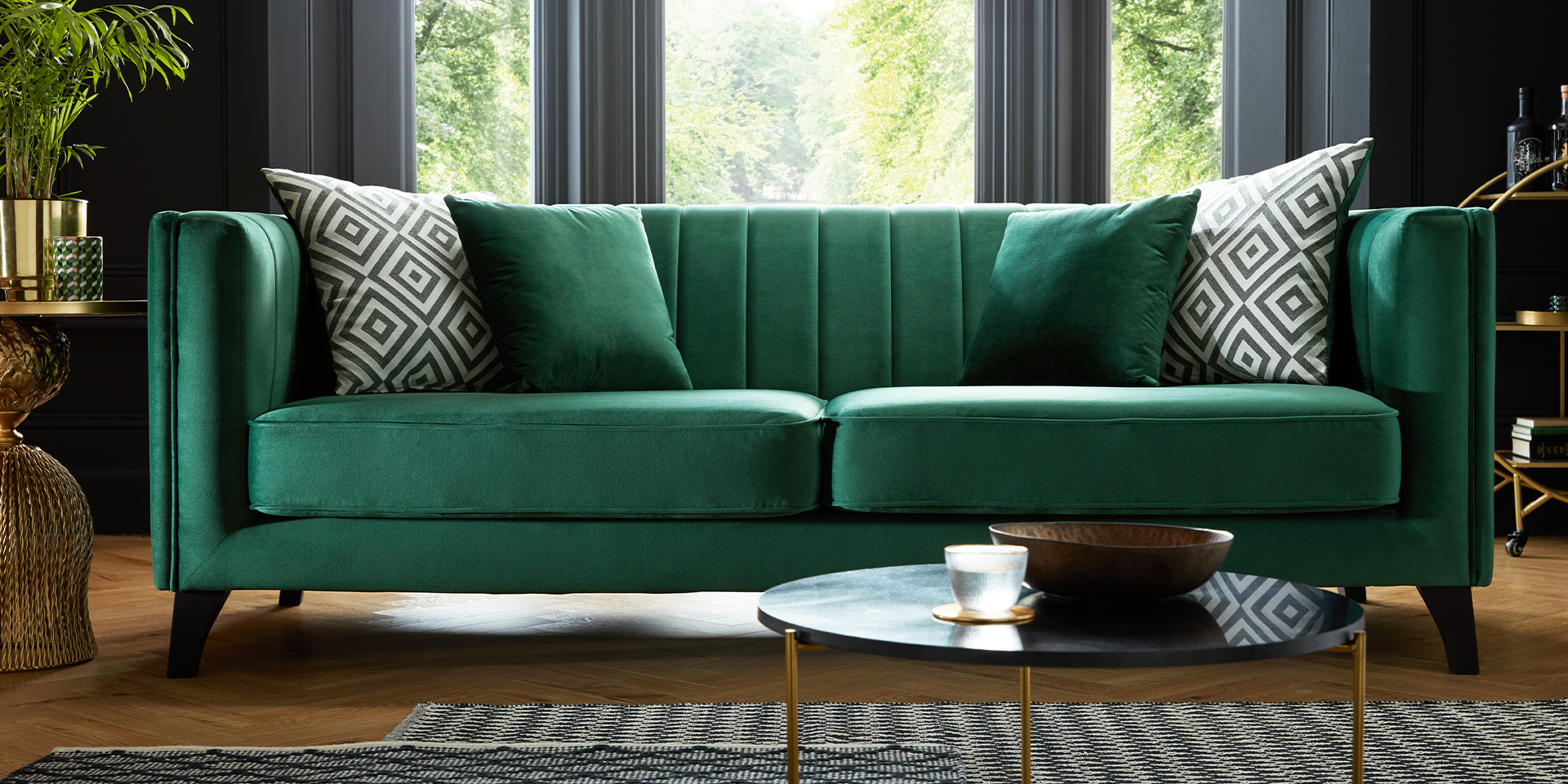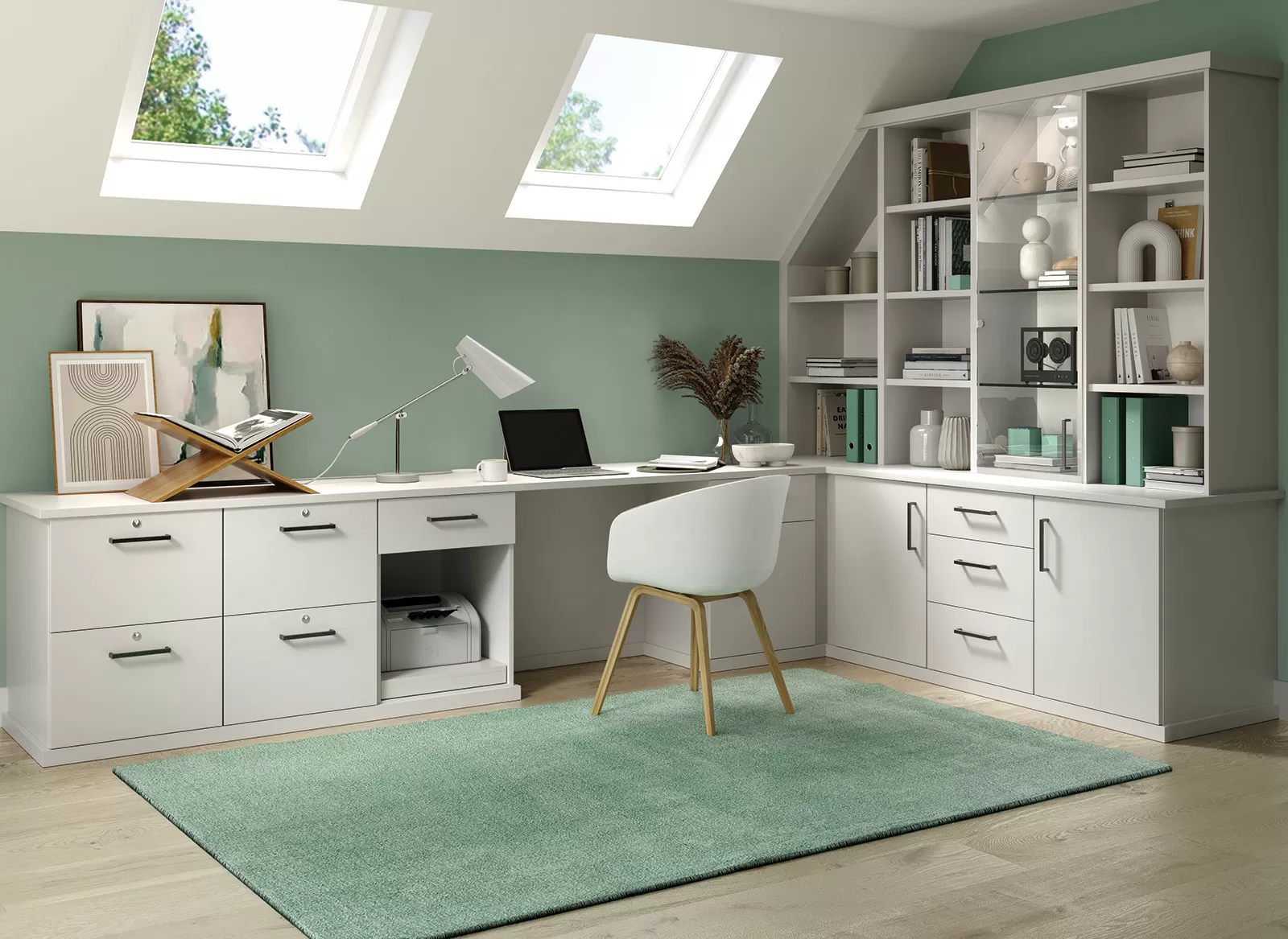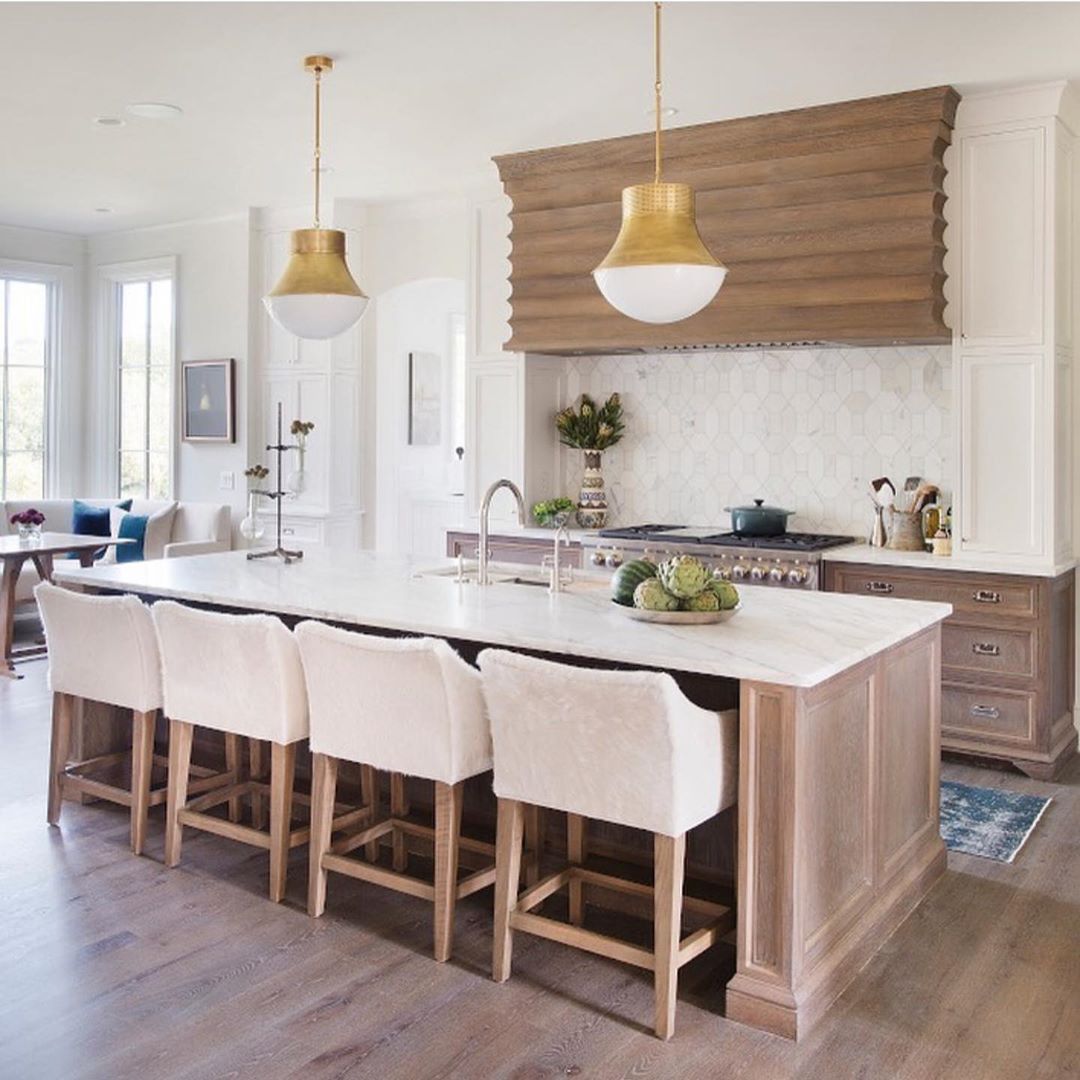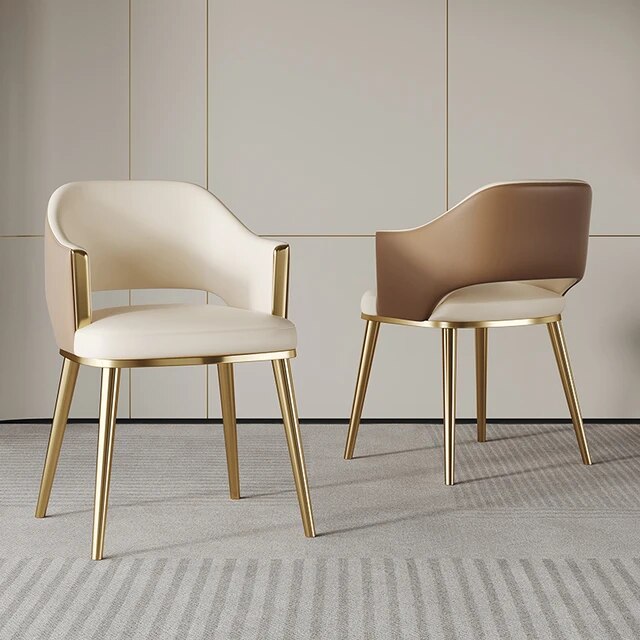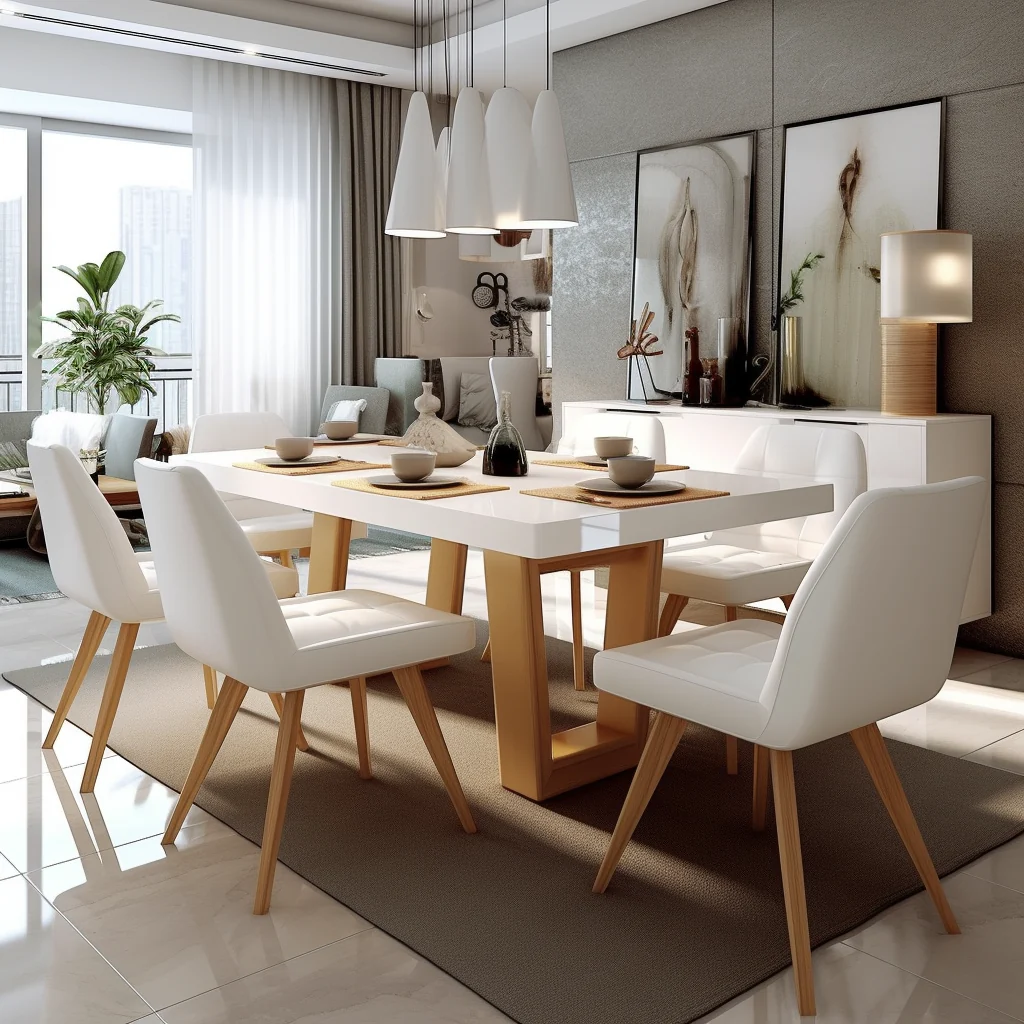In the realm of interior design, few elements hold as much significance and practicality as the humble yet versatile sofa. Serving as the focal point of living spaces, sofas not only provide comfort but also play a pivotal role in shaping the aesthetic ambiance of a room. From classic to contemporary, sofas come in a myriad of styles, materials, and designs, each contributing to the overall character of a space. Delving into the history, styles, materials, and essential considerations when purchasing a sofa unveils the intricate relationship between form and function in interior design.
A Brief History:
The history of sofas dates back to ancient civilizations, where rudimentary versions made of stone or wood were used for seating. However, it was during the Renaissance era that sofas evolved into more recognizable forms, becoming symbols of status and luxury among European nobility. As centuries passed, the Industrial Revolution ushered in mass production, democratizing access to sofas and expanding their role beyond the elite circles. From the opulent Victorian designs to the sleek mid-century modern styles, the evolution of sofas mirrors the shifting tastes and societal trends of each era.
The Different Styles and Types of Sofas:
The difference between the style and type of a sofa lies in how they are categorized and what aspects of the sofa they describe:
Style: When referring to the style of a sofa, it typically describes the aesthetic characteristics, design elements, and overall appearance of the sofa. Styles encompass features such as the shape of the arms, backrest, legs, detailing (such as tufting or nail head trim), and overall design inspiration (such as traditional, modern, mid-century, etc.). Examples of sofa styles include Chesterfield, Camelback, Lawson, Tuxedo, and more. Style primarily focuses on the visual and design aspects of the sofa.
Type: The type of sofa refers to its functional or structural attributes, including its configuration, size, and intended use. Types categorize sofas based on how they are designed to be used or their specific features. Examples of sofa types include standard sofas, sectional sofas, sleeper sofas, loveseats, chaise lounges, and divans. Type primarily focuses on the practical aspects of the sofa, such as seating capacity, versatility, and functionality.
The following are examples of the different styles and types of sofas:

Traditional: Traditional sofas often feature elegant curves, rolled arms, and intricate details such as tufting or nail head trim. They typically have a classic and timeless look, often upholstered in rich fabrics like velvet or leather.

Modern/Contemporary: Modern or contemporary sofas are characterized by clean lines, minimalistic designs, and sleek finishes. They may incorporate unconventional shapes or materials like metal or glass, and often prioritize functionality and simplicity.

Mid-Century Modern: Inspired by the design trends of the mid-20th century, mid-century modern sofas feature geometric shapes, tapered legs, and organic forms. They often have a retro yet timeless appeal, with a focus on functionality and comfort.

Sectional: Sectional sofas are made up of multiple sections that can be arranged in various configurations to fit different spaces. They are often large and provide ample seating, making them ideal for family rooms or open-concept living areas.

Chesterfield: Chesterfield sofas are known for their distinctive deep button tufting, rolled arms, and high backrests. They exude elegance and sophistication and are usually upholstered in rich leather, although fabric options are also available.

Lawson: Lawson sofas have a relaxed and casual appearance, with loose back cushions and arms that are lower than the backrest. They offer a comfortable and inviting feel and are often upholstered in soft fabrics like cotton or linen.

Camelback: Camelback sofas are characterized by their curved backrests that resemble the silhouette of a camel’s hump. They often feature exposed wood frames and elegant upholstery, adding a touch of refinement to any space.

Convertible/Futon: Convertible sofas, also known as futons, can be easily converted into a bed or a lounging surface. They are versatile and space-saving, making them ideal for small apartments or guest rooms.

Tuxedo: Tuxedo sofas have arms and backrests that are the same height, creating a clean and symmetrical silhouette. They offer a modern and tailored look and can be upholstered in a variety of fabrics to suit different preferences.

English Roll Arm: English roll arm sofas are characterized by their rounded, slightly curved arms that are traditionally lower than the backrest. They provide a cosy and inviting feel, perfect for casual lounging and relaxation.

Standard Sofa: This is the most basic type of sofa, typically featuring two or three cushions with a backrest and armrests. It’s versatile and can fit into various spaces and design schemes.

Sleeper Sofa: Also known as a sofa bed, this type of sofa can be converted into a bed by pulling out a hidden mattress. It’s a practical choice for accommodating overnight guests in small living spaces.

Loveseat: Loveseats are smaller sofas designed to seat two people comfortably. They are ideal for smaller rooms or as additional seating in larger living areas.

Chaise Lounge: A chaise lounge features an extended seat for reclining or lounging with legs fully extended. It’s great for relaxation and can be incorporated into living rooms, bedrooms, or even outdoor spaces.
The Different Materials that sofas can be made from:
Sofas can be made from a wide range of materials, each offering different aesthetics, durability, and comfort levels. Here are some common materials used in sofa construction:
Fabric: Fabric sofas are popular for their versatility and wide range of colours, patterns, and textures. Common fabric options include cotton, linen, polyester, velvet, microfiber, and wool. Fabric sofas can be cosy and inviting, and they offer a comfortable seating experience.
Leather: Leather sofas are known for their durability, luxurious appearance, and timeless appeal. Leather comes in various grades and finishes, including full-grain, top-grain, and bonded leather. While genuine leather can be more expensive, it tends to age beautifully and develop a rich patina over time.
Faux Leather: Faux leather, also known as synthetic leather or leatherette, is a man-made alternative to genuine leather. It offers a similar appearance to leather but is typically more affordable and easier to clean. Faux leather sofas are available in a variety of colours and finishes.
Microfiber: Microfiber is a synthetic fabric made from finely woven fibres, known for its softness, durability, and stain resistance. Microfiber sofas are easy to clean and maintain, making them a practical choice for households with children or pets.
Velvet: Velvet sofas are luxurious and elegant, featuring a soft pile fabric with a distinctive sheen. Velvet adds a touch of opulence to any space and comes in a range of rich colours and patterns. However, velvet requires careful maintenance to preserve its appearance.
Chenille: Chenille is a soft, textured fabric made from cotton, polyester, or acrylic fibres. Chenille sofas have a plush feel and a cosy appearance, making them suitable for casual and comfortable living spaces.
Wool: Wool is a natural fibre known for its warmth, durability, and resilience. Wool sofas offer excellent insulation and moisture-wicking properties, making them suitable for both warm and cold climates. Wool upholstery is available in various textures and patterns.
Linen: Linen is a natural fibre made from the flax plant, known for its lightweight and breathable qualities. Linen sofas have a relaxed and casual appearance, with a slightly wrinkled texture that adds character to the fabric.
Silk: Silk is a luxurious and delicate fabric known for its softness and lustrous appearance. Silk sofas add a touch of elegance to any space but require special care and maintenance due to their delicate nature.
Wood and Metal: In addition to upholstery materials, the frame and legs of sofas can be made from wood, metal, or a combination of both. Hardwood frames, such as those made from oak or maple, are durable and long-lasting, while metal frames offer strength and stability.
The Dos and Don’ts When Buying a Sofa:
When embarking on the journey of purchasing a sofa, several considerations should be taken into account to ensure a satisfactory investment:
Do:
- Measure the space meticulously to determine the appropriate size and scale of the sofa.
- Consider the intended use and lifestyle factors such as pets or children when selecting upholstery fabrics.
- Test the comfort and support by sitting on the sofa in-store or exploring reviews from previous buyers.
- Evaluate the craftsmanship and materials to assess the sofa’s durability and longevity.
- Opt for timeless designs and neutral colours to ensure versatility and longevity in evolving interior schemes.
Don’t:
- Overlook the importance of proper maintenance and cleaning requirements for the chosen upholstery fabric.
- Sacrifice comfort for style; prioritize ergonomic design and supportive cushioning.
- Neglect to assess the structural integrity and construction of the sofa frame.
- Rush the decision-making process; take the time to research and explore various options before committing to a purchase.
- Disregard the significance of a comprehensive warranty or return policy to safeguard against unforeseen issues or dissatisfaction.
In essence, sofas transcend their utilitarian function to become integral elements of interior design, shaping the ambiance and functionality of living spaces. By understanding the historical evolution, diverse styles, materials, and essential considerations, individuals can make informed decisions when selecting sofas that not only elevate the aesthetics of their homes but also enhance their everyday living experiences.
